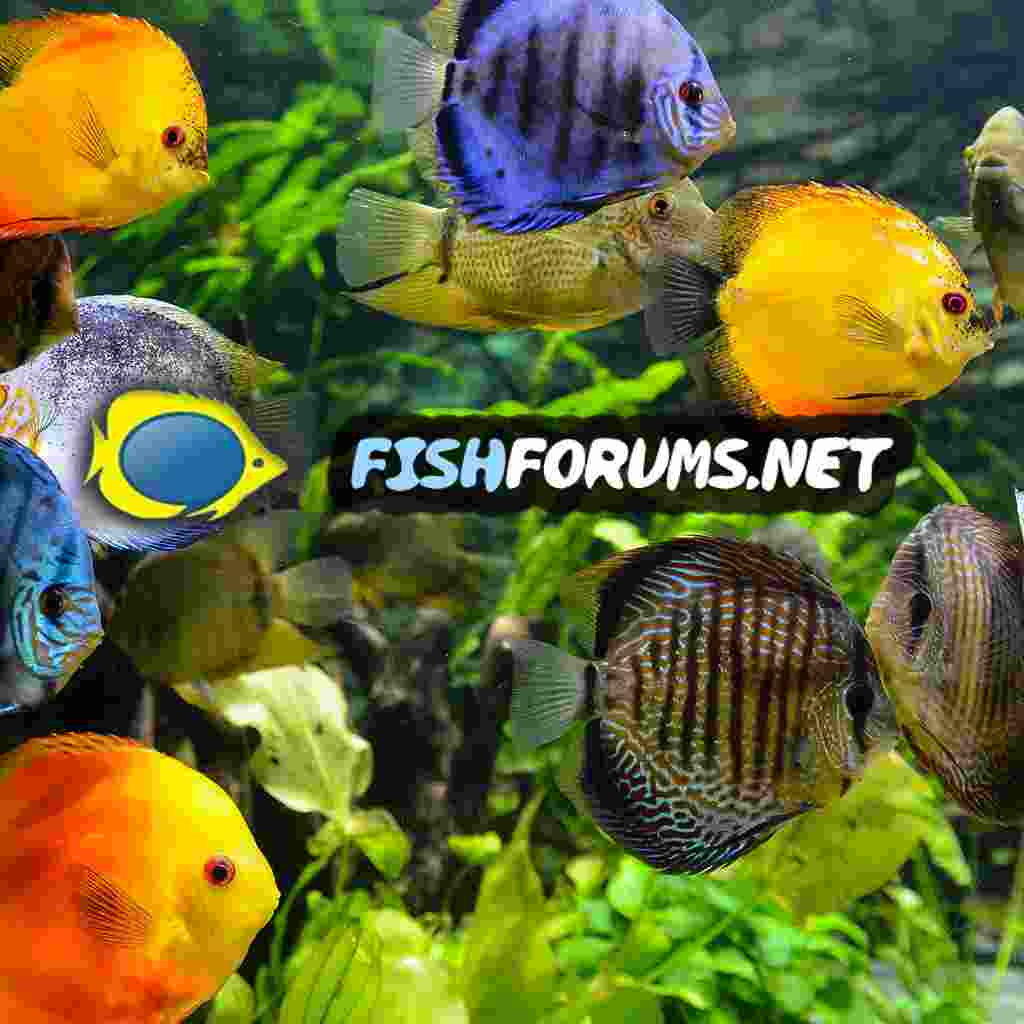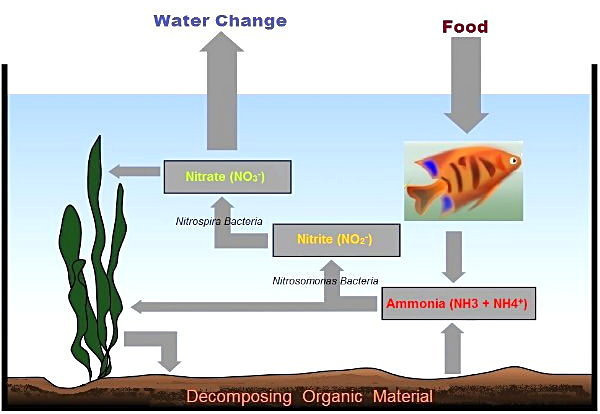jordanrosario
New Member
okay so i have numerous questions:
my tank has been on for around a week and a couple days, i got my fish yesterday. the woman said that the nitrate levels were still slightly present but should go away after a couple of days but im still concerned because my fish are displaying odd (i think) behavior. firstly:
- they keep, what i believe after research is called 'glass surfing'? well, one does anyway. he keeps swimming directly up and down the tank (vertically) and apparently that means it is stressed or unhappy in it's environment?
- they also sometimes stay very close to the surface and seem to be eating the surface of the water, and apparently after research this is their way of getting oxygen because there isnt enough in the tank?
i've looked it up and apparently nitrate levels affect oxygen as well as the amount of movement, i am not sure how to increase water movement besides one of those oxygen pump thingies which give off bubbles but i havent got one yet, and i am not sure how to decrease nitrate levels besides changing the water, and i am not sure how to even test if nitrate is still in the tank. i just really dont want to kill them after one day
i am also not sure how much im meant to be feeding them, they're really small, so would that be once or twice a day? and if once which time?
AND im not entirely sure how to get food and waste out of the gravel. there isnt much right now but just for future reference
my tank has been on for around a week and a couple days, i got my fish yesterday. the woman said that the nitrate levels were still slightly present but should go away after a couple of days but im still concerned because my fish are displaying odd (i think) behavior. firstly:
- they keep, what i believe after research is called 'glass surfing'? well, one does anyway. he keeps swimming directly up and down the tank (vertically) and apparently that means it is stressed or unhappy in it's environment?
- they also sometimes stay very close to the surface and seem to be eating the surface of the water, and apparently after research this is their way of getting oxygen because there isnt enough in the tank?
i've looked it up and apparently nitrate levels affect oxygen as well as the amount of movement, i am not sure how to increase water movement besides one of those oxygen pump thingies which give off bubbles but i havent got one yet, and i am not sure how to decrease nitrate levels besides changing the water, and i am not sure how to even test if nitrate is still in the tank. i just really dont want to kill them after one day
i am also not sure how much im meant to be feeding them, they're really small, so would that be once or twice a day? and if once which time?
AND im not entirely sure how to get food and waste out of the gravel. there isnt much right now but just for future reference



